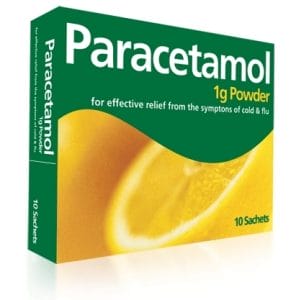
Characterization of inhibition of platelet function by paracetamol and its interaction with diclofenac in vitro.
Munsterhjelm E1, Niemi TT, Ylikorkala O, Silvanto M, Rosenberg PH.
Background: Paracetamol (acetaminophen) is an effective analgesic and a weak inhibitor of cyclo-oxygenase (COX). Clinically paracetamol is often used together with traditional NSAIDs, which are strong inhibitors of COX. We studied binding of paracetamol to COX and its action on platelet function together with diclofenac.
Methods:
Blood was collected from healthy donors and platelet function was assessed by photometric aggregometry, a platelet function analyser (PFA-100, Dade Behring, Deerfield, IL) and by measuring the release of thromboxane B(2) (TxB(2)), the stable metabolite of thromboxane A(2), after addition of paracetamol (10-80 microg ml(-1)). A concentration-inhibition relationship was established and the inhibition coefficient (K(i)) demonstrating 50% binding to COX was determined using a Schild-plot. Interaction of paracetamol (5-20 microg ml(-1)) and diclofenac (0.1-0.8 microg ml(-1)) was determined and an isobolographic analysis was performed.
Results:
Paracetamol added to platelet-rich plasma (PRP) caused a concentration-dependent inhibition of platelet function. Photometric aggregometry and TxB(2) release was significantly inhibited by paracetamol from 10 microg ml(-1) onwards. The PFA-100 closure time was significantly prolonged by paracetamol at a high concentration only. K(i) was 15.2 microg ml(-1) with a 95% confidence interval of 11.8-18.6 microg ml(-1). Inhibition of aggregation by diclofenac was augmented by paracetamol. Isobolographic analysis showed synergism.
Conclusions:
The 95% confidence interval of K(i) equals the antipyretic plasma concentration of paracetamol, i.e. 10-20 microg ml(-1). High doses of paracetamol and a combination of diclofenac and paracetamol cause platelet inhibition and thus may increase risk of surgical bleeding.
Source : http://www.ncbi.nlm.nih.gov/pubmed/15954969

Be the first to comment